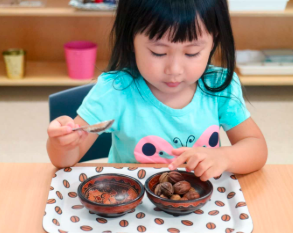Learning to follow multi-step directions is an important part of childhood development. It helps children build listening skills, memory, and independence. For young learners, this skill can be challenging at first, but with patience and practice, they can master it in fun and meaningful ways.
Why Multi-Step Directions Matter
Following directions that include more than one step encourages children to pay attention, think critically, and recall information. This ability supports success in classroom routines, home tasks, and social interactions. For example, understanding a direction like “Please hang your coat and then sit at the table” involves sequencing and memory.
Start with Simple Steps
Begin with two-part directions, such as “Pick up your toy and put it in the box.” Once the child is confident, slowly increase the number of steps. Use positive reinforcement to celebrate their progress and encourage active listening.
Make It Engaging
Turn directions into playful games. Try activities like:
-
Simon Says: A fun way to mix movement and listening.
-
Treasure Hunt: Give clues with two or three steps to guide them.
-
Dance Routines: Teach simple steps in sequence, such as “clap, spin, jump.”
These games boost engagement while strengthening attention and sequencing skills.
Use Visual and Verbal Cues
Some children benefit from visual aids like picture cards or charts. Pairing spoken directions with gestures can also make instructions clearer. Say “Brush your teeth, then put on your pajamas,” while pointing to the toothbrush and the pajamas.
Model and Repeat
Children learn best through repetition and example. Model the steps as you say them. Repeat directions calmly and give them time to process. You might say, “First, get your book. Then, sit on the carpet,” and demonstrate each action as you go.
Offer Praise and Encouragement
Recognize efforts, not just perfect results. Saying, “I noticed you remembered all three steps—great job!” boosts confidence and encourages future success.
Conclusion
Teaching children to follow multi-step directions builds essential life skills. Through playful practice, clear communication, and encouragement, children can grow more confident and capable every day.


